El On August 1, 2018, after marching for more than 400 kilometers on foot, a group of campesinos arrived in Caracas to present their proposals to the government and demand solutions to the issues plaguing the Venezuelan countryside. In this piece, we recall this epic tale, which became known as the Admirable Campesino March:
When they said «enough!» and proposed a march to Caracas, some paid no mind to it. Others, more skeptical, thought «March to Caracas from Portuguesa State? They won’t even last a mile…».
But they did last. They marched from highway overpass in Guanare, capital of Portuguesa State, all the way to Caracas. More than 400 km, crossing five states in 20 days, while they became known as the Admirable Campesino March.
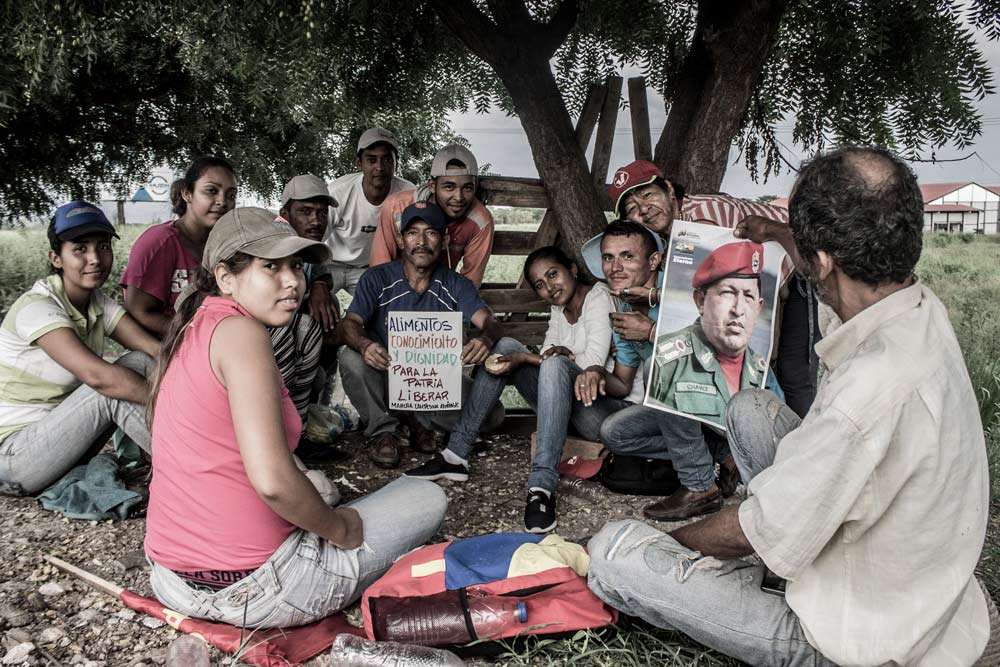
Cacica Honta
Their goals were drawing attention to the (class) struggle in the countryside as well as addressing President Nicolás Maduro to present, without middlemen, the situation of the campesinos. The march began on July 12, 2018, exactly two months after the assassination of producers Jesús León and Guillermo Toledo by hitmen in Palo Quemao, a large unproductive plot they were rescuing.
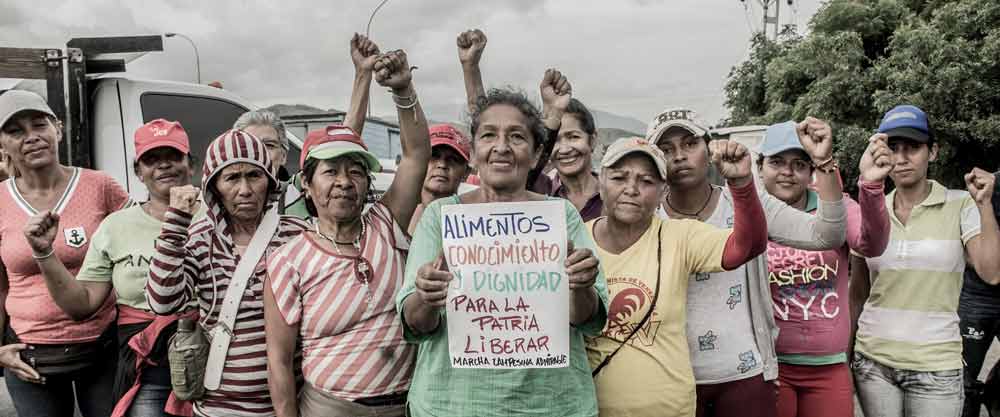
Cacica Honta
Their march began to raise hopes, step by step. Not just of those who left their lands to get to Miraflores Palace, but also men and women who joined the group at every city or village the march went through.
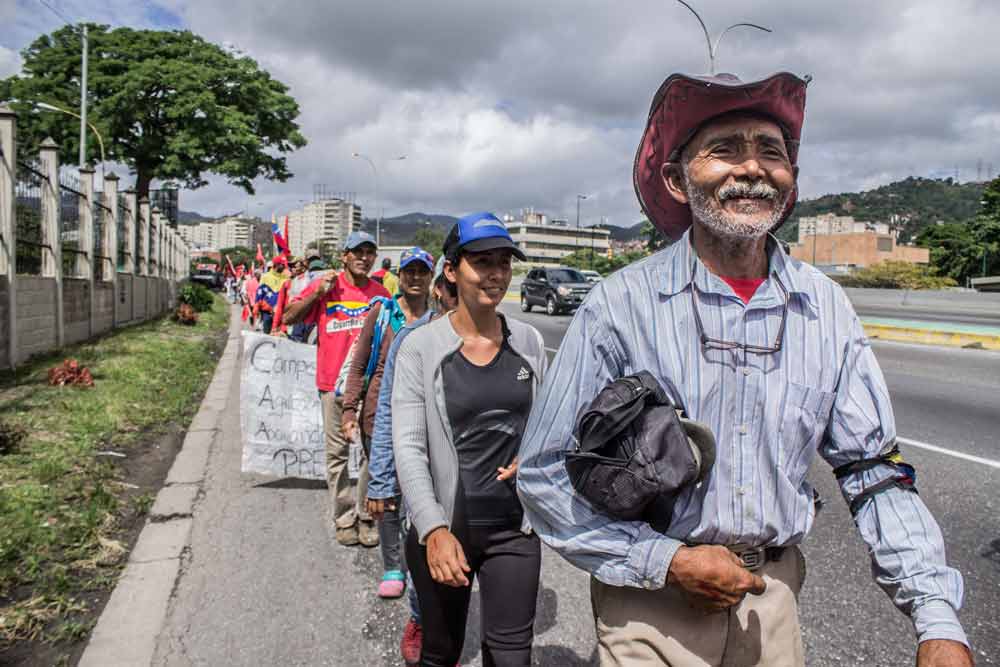
Cacica Honta
That is how they went from Acarigua to San Carlos, then from Valencia to Maracay. Until August 1, when organized columns shouting «the land rumbles. The steps roar when the campesino leaves his plot,» entered Caracas through the highway at Tazón. As the clock ticked and they approached Miraflores, rumors began that Maduro was not going to receive them with the excuse that «the march was infiltrated,» «one of the organizers had opposed Chávez,» «the mobilization is playing into the hands of the right-wing,» among other stories made up by class enemies.
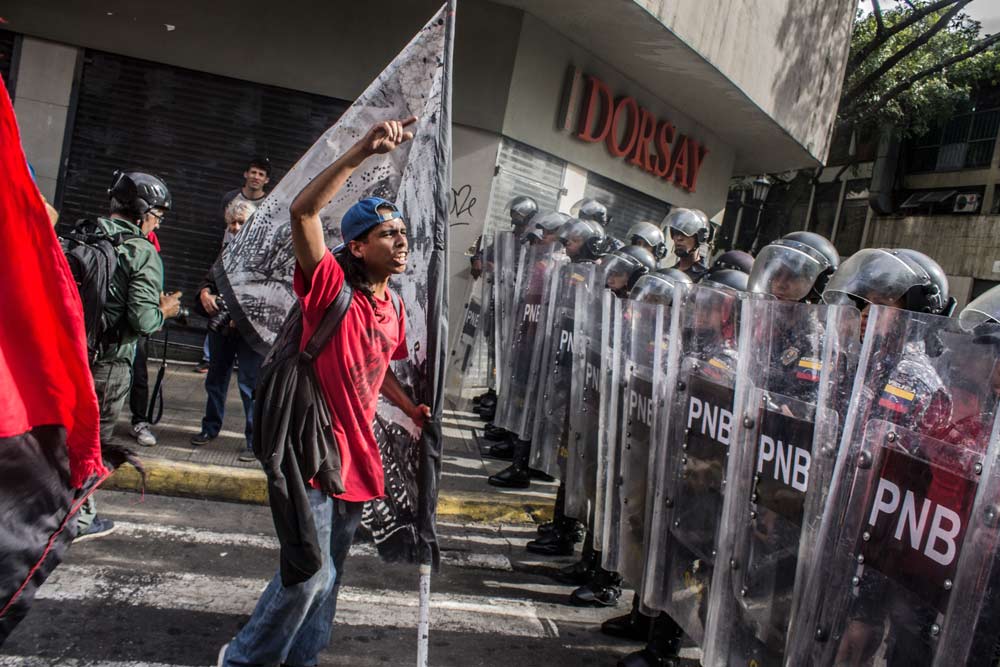
Cacica Honta
But neither the sun, nor the rain, nor tired legs had stopped the march. So on they went until they reached the Veroes corner in Urdaneta Avenue and a picket line formed by the Bolivarian National Police (PNB) and the Bolivarian National Guard (GNB) blocked their path.
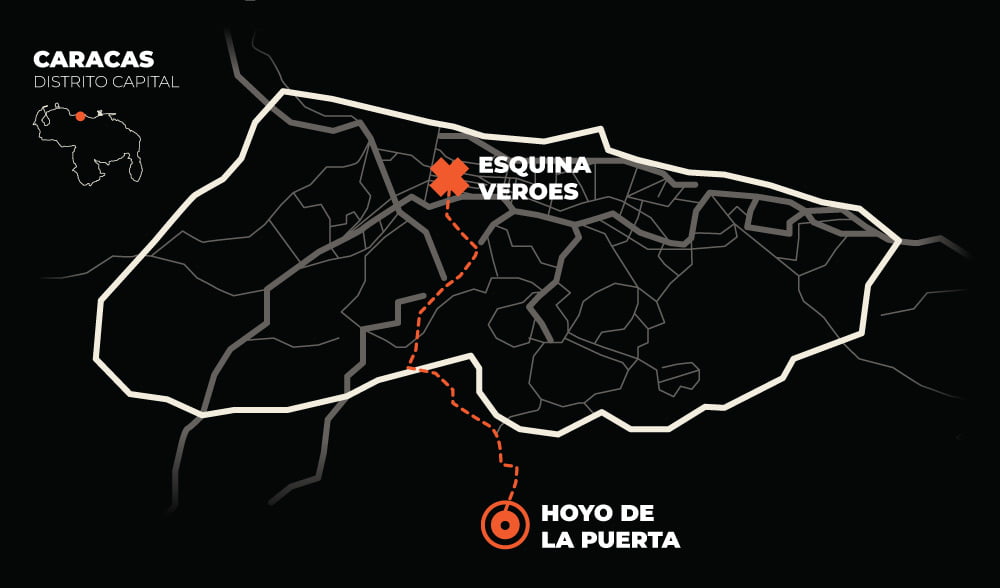
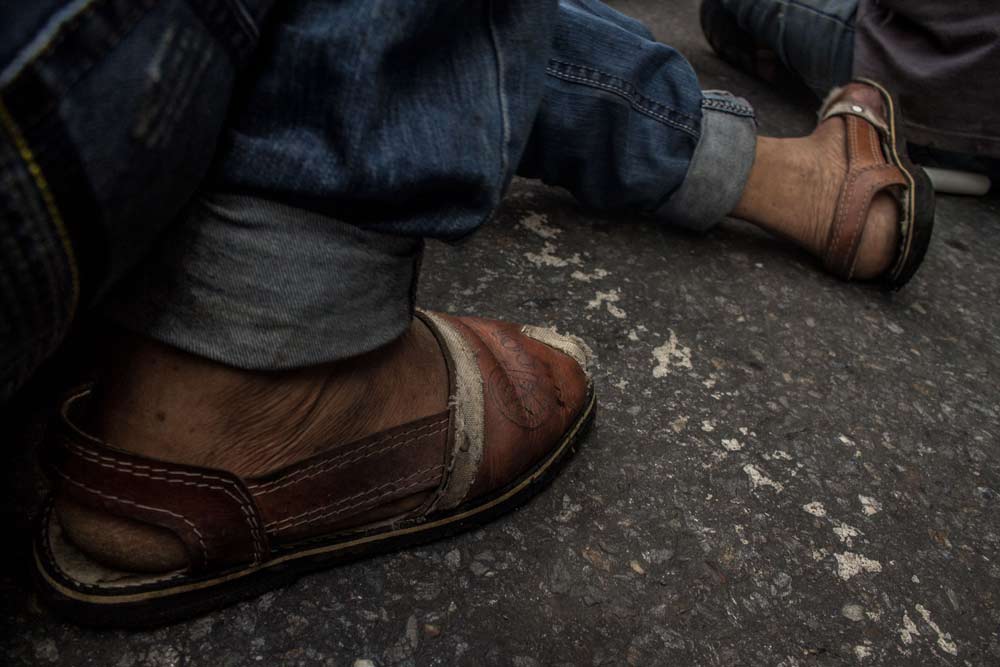
Cacica Honta
Many with blistered feet sat on the floor, others lied down. The people who had joined the march in support, Caracas activists and social movements, were distraught, but the campesinos patiently waited for a response on their proposed meeting with the President.
The response arrived the next day at the Fermín Toro high school, where they were staying. The result was an emotional meeting between the Admirable Campesino March and Nicolás Maduro, broadcast live on public television. In this meeting, the campesinos made several proposals:
Maduro ordered the creation of work tables and tasked National Constituent Assembly President Diosdado Cabello and Executive Vice President Delcy Rodríguez with leading this effort. Hours after the meeting, landowners sent a clear message: in La Escondida farmstead (Barinas State) hitmen killed Reyes Parra, Pedro Vielma and Ramón Rosario, who had taken part in the early stages of the march.
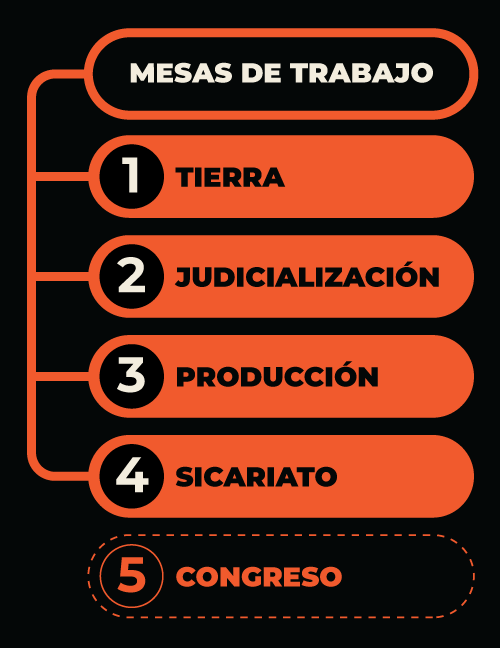
In spite of the tragic news, the men and women from the countryside kept their high spirits. The next day, honoring these martyrs, they set up four work tables with the vice presidency on the issues of land, judicial persecution, production and targeted killings. A fifth one, no less important, was delayed: the holding of a campesino congress.
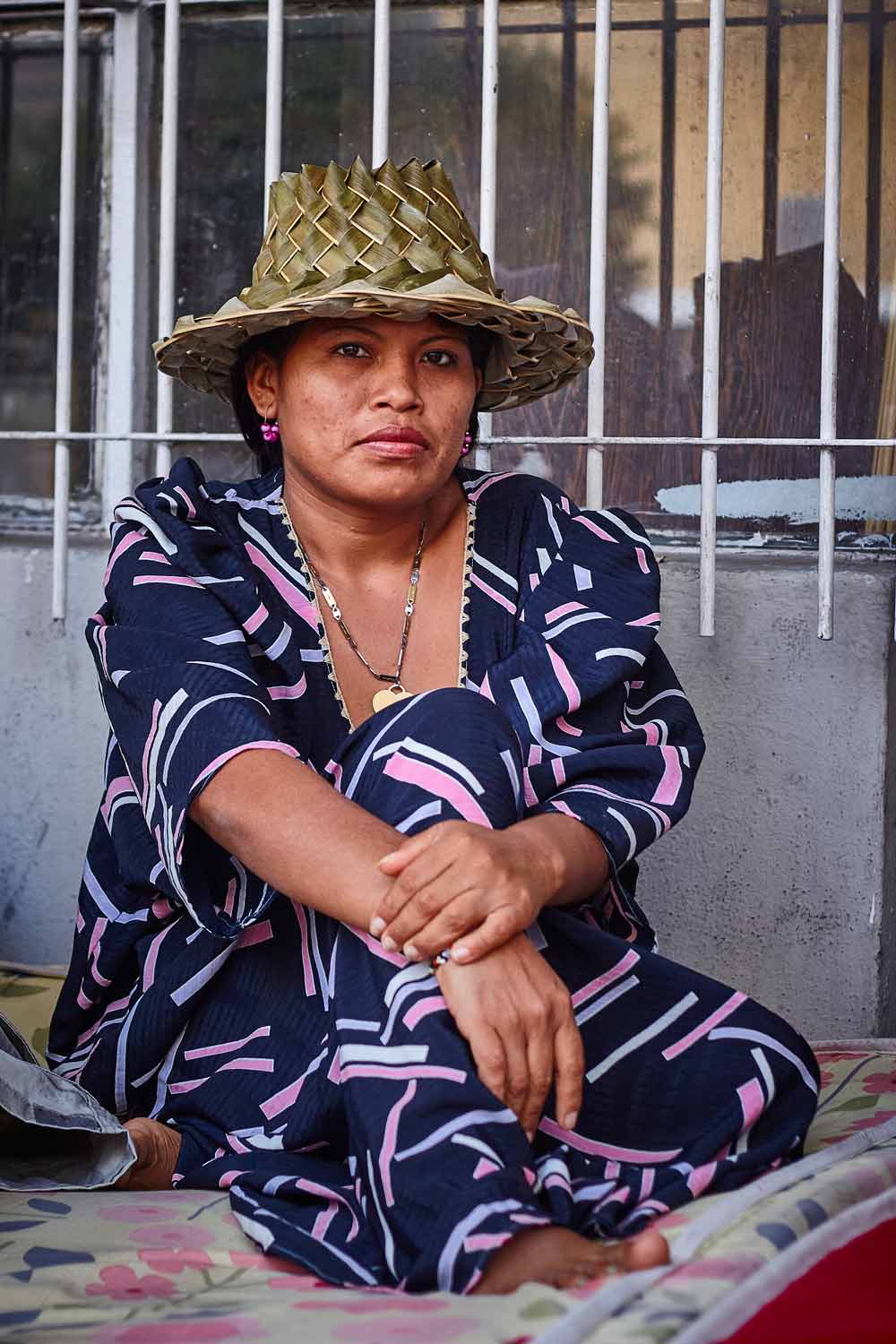
Rigger Triviño
Some campesinos returned to their lands while others stayed in the Fermín Toro high school. After weeks of meetings with delegates from the vice presidency and the agriculture ministry, with little progress achieved, the campesinos decided to embark on a hunger strike. The action did not last long after high-ranking leaders of the Bolivarian Revolution committed to providing timely answers to their demands.
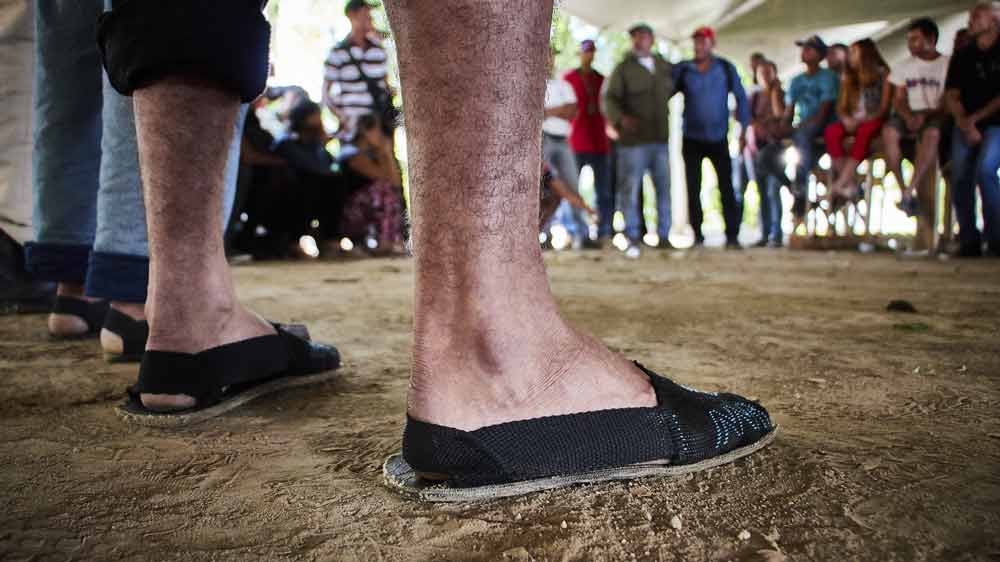
Rigger Triviño
The Campesino Struggle Platform was set up and a group stayed at the Fabricio Ojeda Development Nucleus, in the heart of the popular Catia neighborhood. After eight months of an institutional slog, and with 12 campesinos murdered and a furthered 20 imprisoned for fighting for their land, they decided to occupy the Caracas headquarters of the National Land Institute (INTi) and set up a permanent vigil.
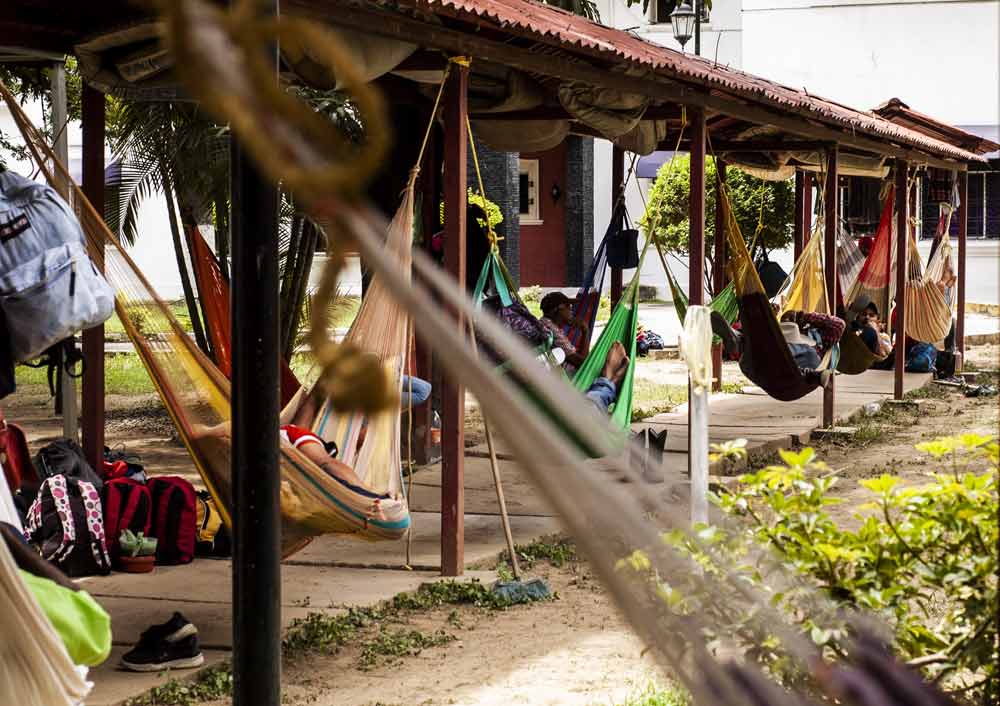
Ketsy Medina
They mobilized from all over the country and once inside INTi they set up hammocks and organized assemblies together with Caracas social movements for two months. In the end they got a new promise from authorities to speed up the resolution of the land disputes brought up.
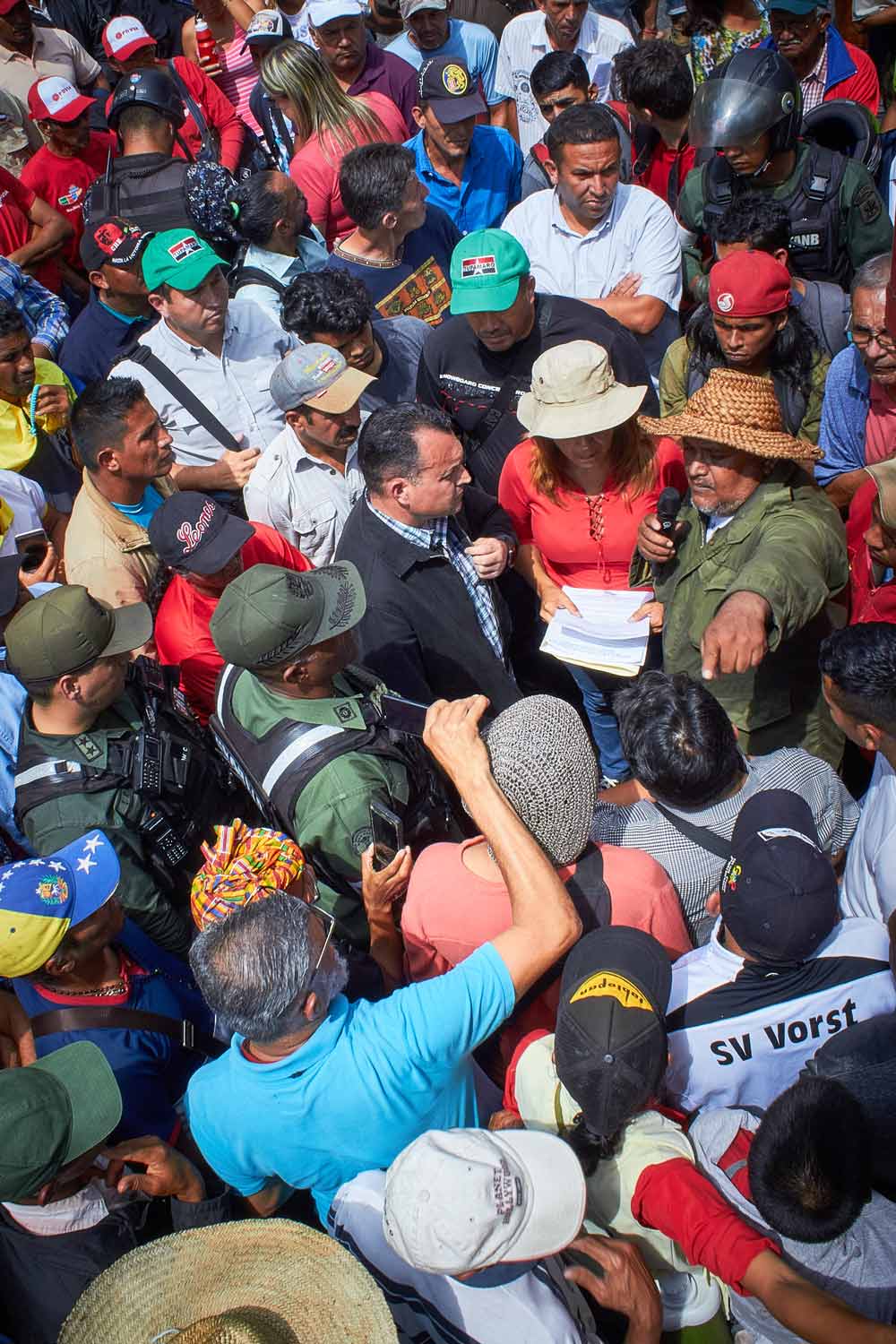
Rigger Triviño
As the INTi occupation drew to a close, campesinos organized a march from Plaza Morelos to the National Constituent Assembly (ANC) to draw attention to unfulfilled promises and commemorate a year from their arrival in Caracas. When they reached the Attorney General’s Office in University Avenue, they were blocked by a police picket line, which they managed to overcome to march to the Capitol building. Once there, they met an ANC commission and handed them information on the unsolved cases, asking that land titles be awarded faster.
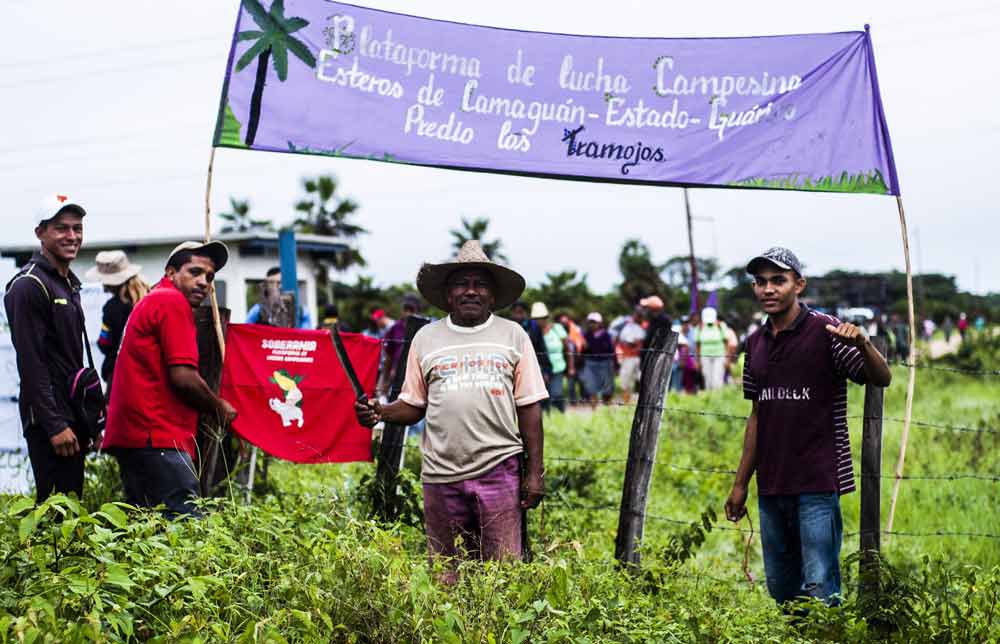
Ketsy Medina
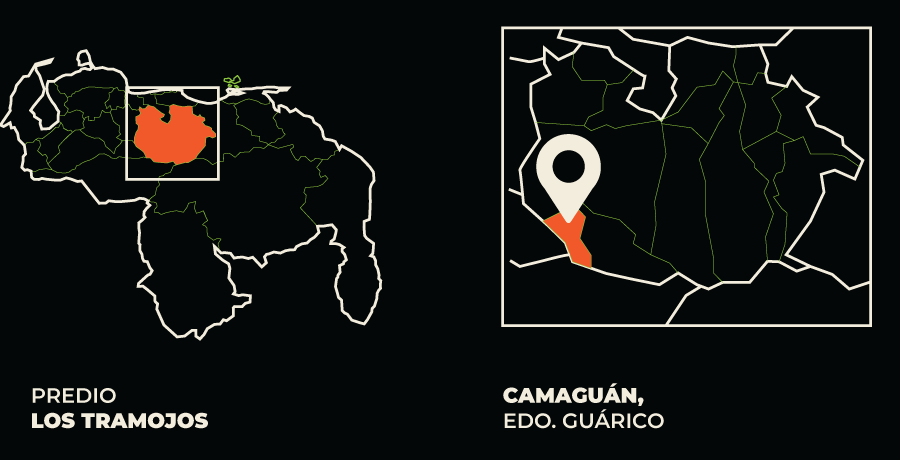
That is how the Admirable Campesino March decided not to stop and march on, but this time to every land plot, big or small. They organize to fight the old oligarchy and a new landowning sector, which take the form of military officer, paramilitary leader, judge, bourgeois and many others. But at the end of the day it is the same class that (19th century revolutionary leader) Ezequiel Zamora condemned to «tremble». Today, two years from that epic march, the campesino people are just as determined to resist against the imperialist blockade and landowner attacks.
In one of the latest assessments, march spokesman Arbonio Ortega said that the most successful work table was the land one, addressing 38 percent of cases. This number, as time goes by, is bound to go down, as the Land Institute has revoked some titles previously handed to campesino organizations.
It is clear that the campesino sector is up against very strong internal and external enemies, but these men and women’s commitment to the Bolivarian Revolution is stronger.
Another march spokesman, Jesús Osorio, summed it up during the meeting with Maduro: «they can take away a piece of land, but not our hopes of having a free Venezuela. They could never do that!»
Research and text: Rigger Triviño. Photographs: Cacica Honta, Rigger Triviño y Ketsy Medina. Artwork: Kael Abello; Translation: Ricardo Vaz